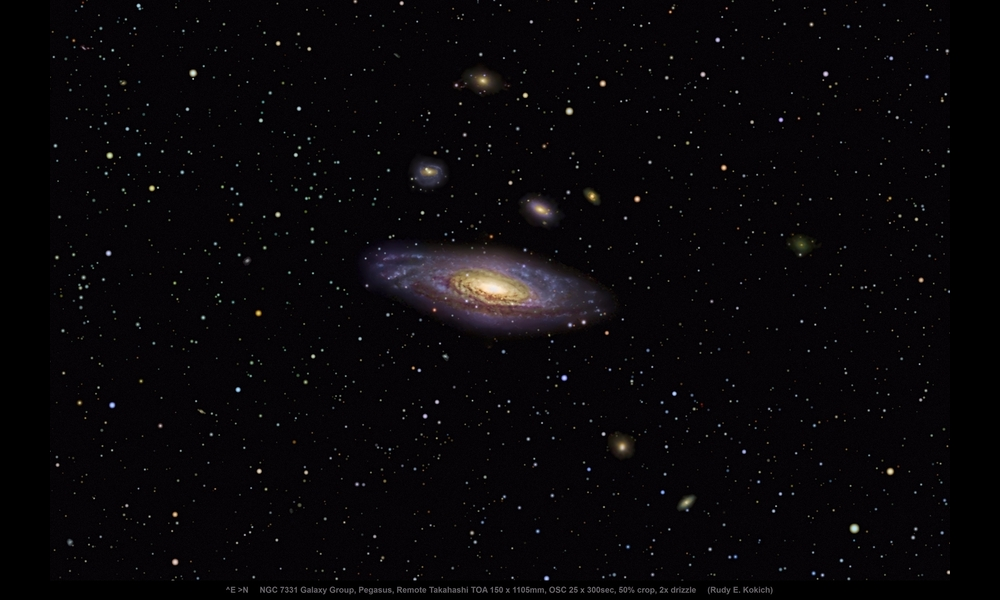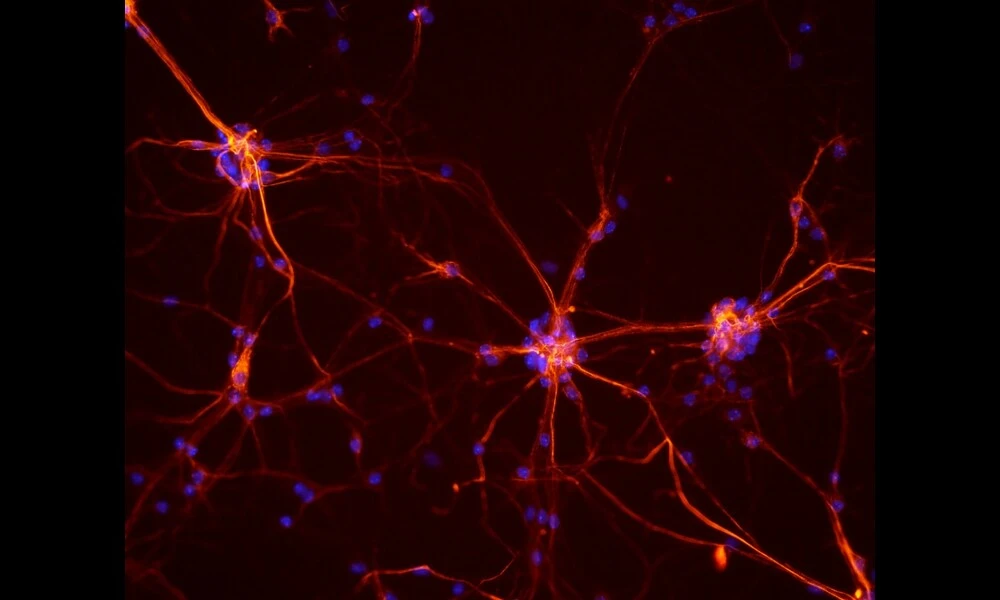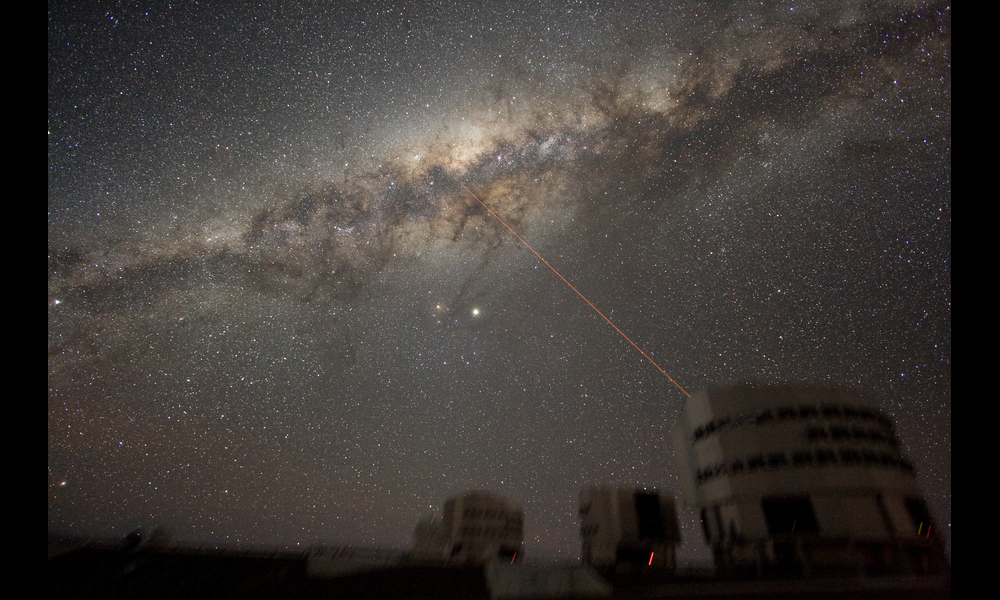New Early Dark Energy Model Could Fix Hubble Constant Discrepancy
Published on Sat Sep 09 2023 NGC 7331, Deer Lick Galaxy Group, Pegasus | Rudy Kokich on Flickr
NGC 7331, Deer Lick Galaxy Group, Pegasus | Rudy Kokich on FlickrNew research has examined the potential role of axion-like early dark energy (EDE) in explaining a discrepancy in our understanding of the expansion rate of the universe. The study used data from the SPT-3G 2018 cosmic microwave background (CMB) survey to place constraints on the EDE model. The results indicate that the data does not favor the axion-like EDE model and place an upper limit on the maximum fraction of energy density in EDE.
The findings are important because there is currently a discrepancy between direct measurements of the expansion rate, known as the Hubble constant, and indirect measurements inferred from observations. The EDE model has been proposed as a way to address this tension. The study shows that the discrepancy between different CMB data sets, specifically between Planck and ACT DR4, can be reduced when including the SPT-3G 2018 data.
The research highlights the need for improved measurements of the CMB at both intermediate and small scales to better understand the nature of dark energy and address the Hubble tension. Future ground-based CMB telescopes, such as the Simons Observatory and CMB-S4, are expected to provide valuable data to further investigate the role of EDE in resolving the discrepancy.
Overall, the study provides valuable insights into the potential role of axion-like early dark energy in our understanding of the expansion rate of the universe and emphasizes the importance of continued research and observation in this area.



